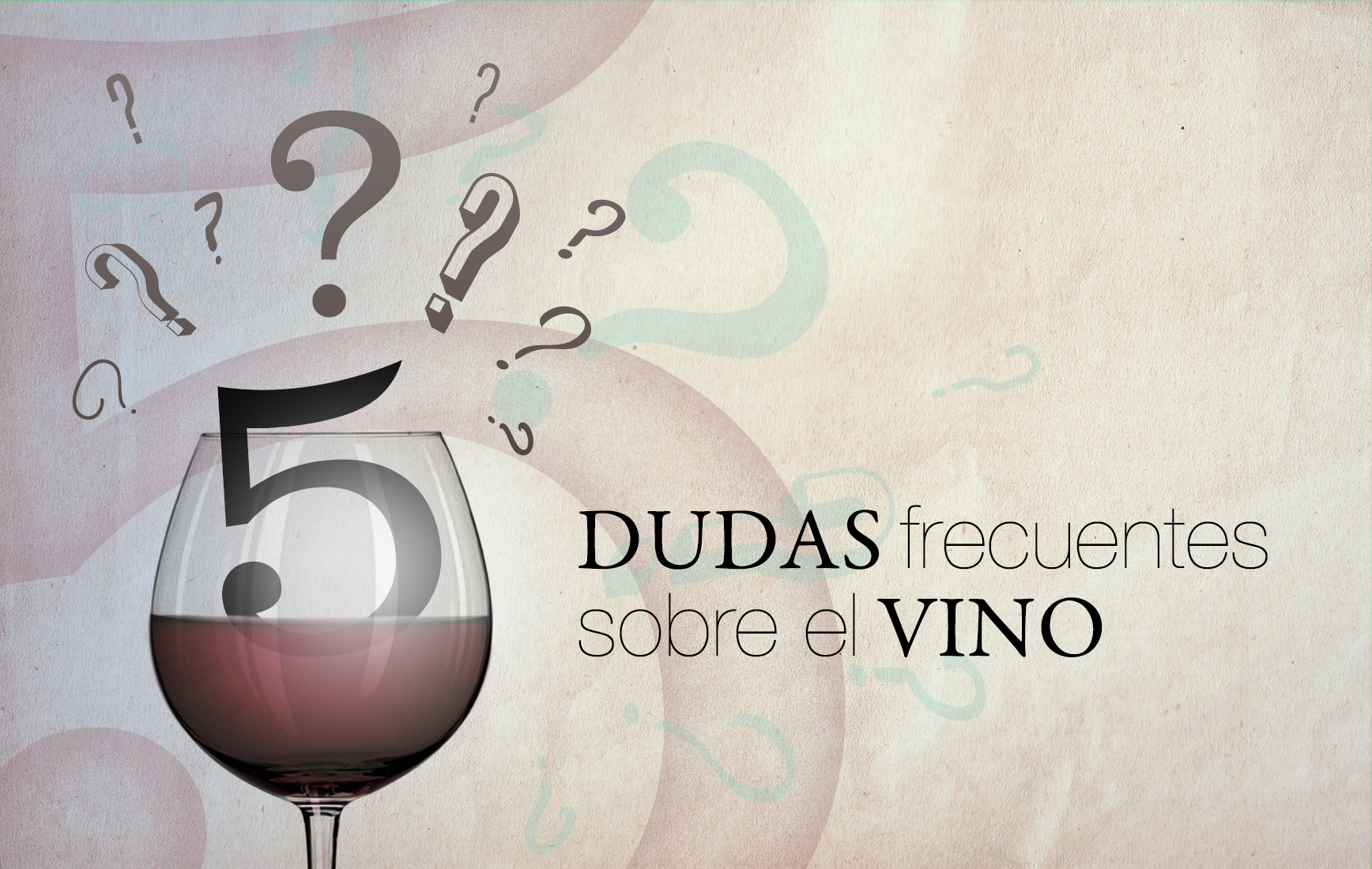5 Common Questions about Wine

1. What is carbonic maceration and what does it entail?
· It is a method used in the vinification of young reds to bring out the fruitiness and aromatic intensity of the wine.
· It entails the fermentation of whole grape clusters. The method affects the metabolism of the berries, transforming malic acid into ethanol. The resulting wines are rich in color, very fruity, with low tannin levels and less acidity.
· Carbonic maceration can also be used in making white wines, but it isn't nearly as common.
2. What are sulfites?
· Sulfites are sulfur dioxide salts used as an antioxidant in making wines with aging potential to avoid premature oxidation.
· Sulfites keep a wine stable, especially when racking between barrels—the process of separating the wine from any solid matter deposited at the bottom of the barrel during fermentation or aging.
· Do they pose a health risk? No. In addition, the amount used is minimal. It is true that some people may occasionally experience a degree of intolerance, albeit very mild, which can easily be avoided by decanting the wine for 20 minutes.
3. The body of a wine. What does it mean, exactly?
· Body refers to the sensation of volume and “weight” that a wine produces in the mouth. The alcohol, tannins, acidity, sugar, and other flavor compounds imparted by the grape skins shape the body of a wine.
4. Acidity in wines
· Acidity is crucial to obtaining fresh, nervy wines, particularly when it comes to whites. As far as reds are concerned, the level of acidity plays a direct role in the cellaring potential of the wine.
· The varieties Riesling and Sauvignon Blanc produce wines with high levels of acidity.
· Areas with cool climates produce wines with more acidity than warm climate regions, where wines tend to be higher in alcohol.
· How does one perceive acidity? You will notice a wine's acidity along the sides of your tongue; plus, it will make you salivate.
5. At what temperature should wine ideally be served?
. The serving temperature greatly influences our perception of the wine and the sensations it produces.
· A “cool” temperature reduces the sensations caused by acidity, residual sugar, and alcohol content.
· A higher temperature, on the other hand, enhances these sensations and reduces the bitterness of the tannins.
· Therefore, tannic wines require a warmer serving temperature, whereas wines with higher acidity should be served cooler.
· Recommended serving temperature based on the type of wine:
- Non-aged whites: between 7 and 10ºC
- Partially aged whites: between 10 and 12ºC
- Rosé wines: between 8 and 10ºC
- Young and/or partially aged reds: between 15 and 17ºC
- Aged and reserve reds (Reserva, Gran Reserva): between 16 and 18ºC
